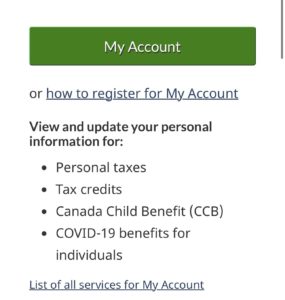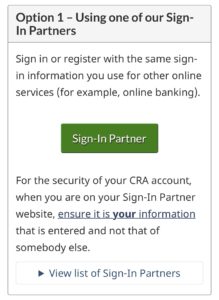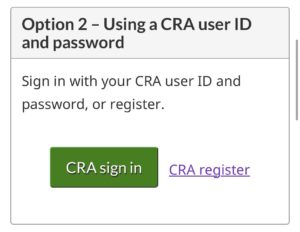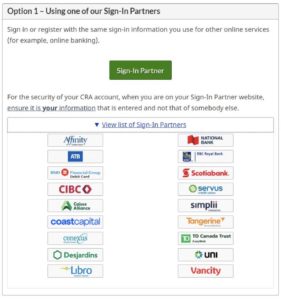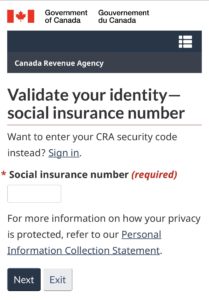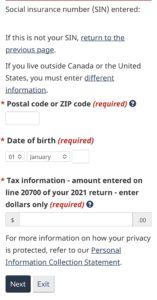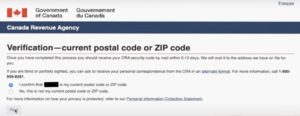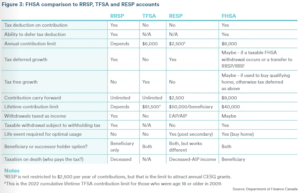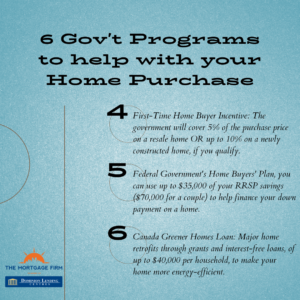With the current interest rates and economic scenarios, many Canadians may be looking for ways to bring in some extra cash. One option for this is to put your home equity to work and consider renovating/ converting your basement into a legal income suite!
You can do this by using a secured credit line (home equity line of credit or HELOC) to help fund the upfront cash to make changes to your home.
A few things to consider before you invest in renovating to create an income suite include:
Zoning: Before looking into doing anything with an income suite, always double-check if you are zoned accordingly for a smooth renovation. If your zoning does not allow for secondary suites, see if you can rezone.
Local Regulations: Depending on your location, there may be particular regulations that you need to follow or be aware of regarding your suite.
A few examples of how the regulations can differ between provinces or cities include:
- In Coquitlam, you cannot have a suite that is more than 40% of the main house floor plan. You are also required to offer a parking spot for tenants.
- In Kelowna, you can only have one secondary suite and the home must have an “S” designation.
- In Calgary, updated zoning legislation has now made it easier to add income suites.
- Toronto has also proposed reforms that will make it easier to add suites.
- In Montréal, anyone carrying out a project involving the addition of at least 1 dwelling and a residential area of ??more than 450 m² (equivalent to approximately 5 dwellings) must enter into an agreement with the City of Montréal in order to contribute to the supply of social, affordable and family housing. It can be a new building, an extension, or the conversion of a building.
Visit the official municipal websites or consult local building departments to obtain accurate and up-to-date information on the rules and requirements in your area BEFORE getting started.
Insurance & Legal Considerations: Before adding your secondary suite, ensure that you have proper insurance coverage or the ability to add additional coverage to protect both the primary residence and suite. In addition, you will want to consult a lawyer and draw up a tenant or rental agreement for any potential tenants. Ontario has a mandatory standard lease agreement that all landlords must use.
Unit Layout and Design: If the zoning and regulations in your area allow you to build an income suite, the next steps are to look at the suite layout and dimensions. Confirm any size restrictions or minimum ceiling height requirements as you are laying out the design for the unit.
The unit should have, at minimum the following:
- A separate parking space for the renter.
- A separate entrance, kitchen, bathroom, and living/sleeping areas.
- Ventilation and soundproofing measures to enhance livability.
- Consideration of natural light.
- Interlink smoke detectors for primary and secondary residences.
- Separate, independently-controlled ventilation and heating system.
- Proper drainage, sewage connections, and utility separations.
- Outlets, circuits, and lighting that meet electrical code requirements.
Ensure that however your income suite is designed, you are hiring the appropriate building, plumbing, and electrical experts to ensure your suite is up to code and avoid any potential disasters.
Building & Trade Permits: Once you have confirmed that you are properly zoned and able to add an income suite and understand all the regulations for your area, you will want to draft your blueprints and submit a permit application, along with the fee, before you get started. For instance, in B.C. you are required to have a Building Permit for any suite to be considered legal.
IMPORTANT: Even if you are not required to have a building permit, it is important to get these permits for other aspects including insurance coverage should anything happen. Having a building permit will help protect your investment. In addition to your building permits, you will need to get permits for any plumbing, electrical, and gas renovations prior to beginning your work.
Inspections & License: Once you have your permits and have begun construction, make sure you understand what inspections are required throughout the process and you schedule them accordingly with local authorities to ensure compliance with building codes, fire safety standards, and health regulations.
If the work meets all requirements, your suite will be approved. The last step is determining if you need a business licence. This is not required if your family (parents, children, etc.) will be living in the suite. In Vancouver, for example, if you intend to rent out your suite long-term, you DO need a license. Be sure to check any rules on this in your area.
Beyond the ability to earn extra income per month, there are a few additional government incentive programs when it comes to suites including:
- First Nations: If you live on a First Nations reserve, you may be eligible for federal funding that will provide up to $60,000 to help you build an inexpensive secondary suite rental linked to your principal home. If you live in a northern or remote area, this amount is increased 25%. This is a 100% forgivable loan that is not required to be paid back assuming all guidelines are followed.
- Residential Rehabilitation Assistance Program (RRAP) – Secondary and Garden Suites: This program is open to all First Nations or individual First Nation members, particularly those who own a family home that can be converted to include a self-contained suite for a senior or adult with disability.
- Multigenerational Home Renovation Tax Credit: A credit for a renovation that creates a secondary unit within the dwelling to be occupied by the qualifying individual or a qualifying relation. The value of the credit is 15% of the lesser of qualifying expenditures and $50,000.
- British Columbia: Beginning in early 2024, BC homeowners will be able to access a forgivable loan of 50% of the cost of renovations, up to a maximum of $40,000 over five years, for income suites.
- Ontario: There are multiple secondary suite programs throughout Ontario, depending on your region. These loans provide $25,000 to $50,000 in funding and are forgivable assuming continuous ownership for 15 years.
While it is important to look online and do your research. Your best resource will be visiting local authorities at the “City of” to confirm that you completely understand the considerations before moving forward with implementing an income suite.
